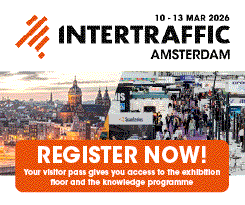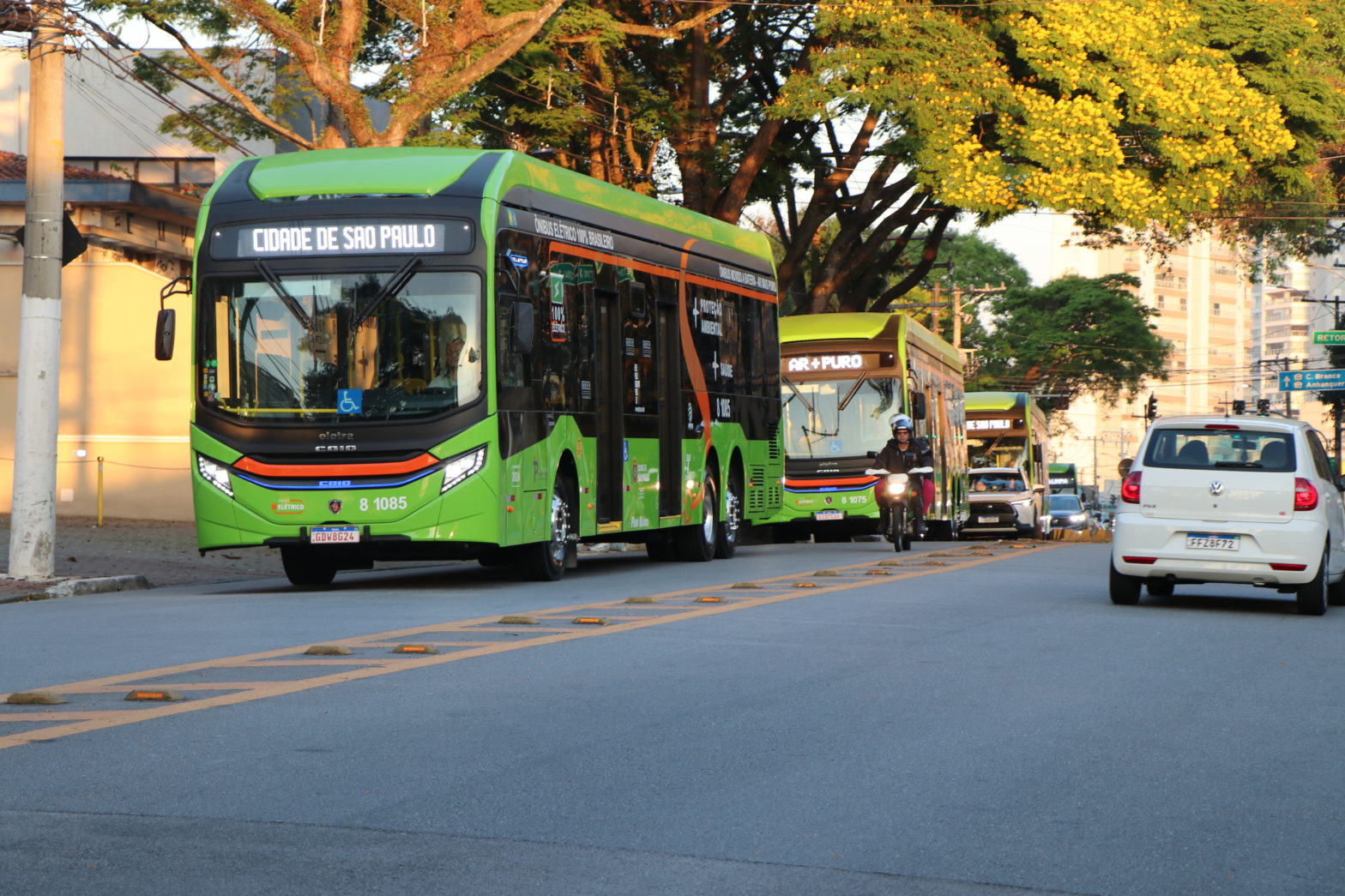
How Oslo is powering a zero-emission future
19 May 2025
by Eurocities
Spurred by their goal to reach 100 percent zero-emission public transport by 2028, Oslo has transformed its transport system through a mix of ambitious strategy, rapid implementation, and strong political commitment.
A strategic, systematic shift
To deliver on its climate ambitions, Oslo set a bold target in 2018 to achieve 100 percent zero-emission public transport by 2028 across both the city and the neighbouring Akershus region. This goal was embedded in the city’s Zero Emission 2028 Strategy, an integral part of a broader plan to cut direct greenhouse gas emissions by 90 percent and position Oslo as the world’s first zero-emission capital.
“This zero-emission strategy is also an important part of Oslo’s climate strategy, which aims to become the world’s first zero-emission capital,” explains Petter Reinem, Strategy and Sustainability Advisor at Ruter, Oslo’s public transport system.
Since then, Oslo has implemented a coordinated, multi-modal transition. Electric buses now dominate the network. As of 2024, 85 percent of kilometres travelled by public buses in Oslo are fully electric. This percentage is up from 0 percent in 2018.
The rapid shift is already delivering tangible climate benefits. Between 2018 and 2024, CO₂ emissions from the city’s public bus operations fell by 95 percent, dropping from 20,000 to fewer than 1,000 tonnes per year.
Overcoming setbacks in a Nordic climate
While Oslo’s progress toward zero-emission public transport has been impressive, the transition has not been without its challenge, particularly in adapting electric vehicles to Norwegian winter conditions.
In early 2023, during a period of extreme cold and heavy snowfall, the city’s electric bus fleet faced serious operational disruptions. Battery performance dropped sharply in sub-zero temperatures, with buses consuming energy faster than expected. This was due in part to the dual use of battery power for both propulsion and cabin heating. Frequent recharging and route interruptions led to delays and, in some cases, cancellations. These issues, paired with broader challenges such as inadequate snow removal, amplified the impact.

The setbacks triggered public debate about whether Oslo had implemented electrification too quickly. However, a post-winter review identified key technical adaptations. Notably, buses fitted with CO₂ heat pumps performed significantly better, highlighting the importance of matching technology to climate conditions. Though the electric buses, being newly integrated, face higher criticism, the winter challenges were not unique to electric vehicles.
“Diesel buses also had many of the same issues, but the battery depletion due to cold weather was unique to the electric fleet,” says Reinem. “That said, we also have electric buses with CO₂ heat pumps, and those performed better. We didn’t experience the same issues the following year.”
The speed at which the issues were resolved demonstrate that the city and its partners can act swiftly to improve systems, operations, and readiness. Oslo’s experience reinforces a key message for other cities: successful electrification depends not only on vehicles, but also on planning for real-world conditions, from infrastructure resilience to extreme weather preparedness.
Managing public expectations, sustaining political support
The public and political response to Oslo’s electrification efforts has been largely positive, but not without scrutiny.
Despite the temporary backlash from the winter 2023 disruptions, the debate was short-lived. City leaders remained firm in their commitment to zero-emission goals, emphasising transparency. A formal evaluation of the challenges was carried out, and the findings were shared openly with both the public and media. This proactive communication helped to restore public confidence and shift the focus back to long-term benefits.
“There’s strong political support for green policies in Oslo,” says Reinem. “But when problems happen like last winter, media attention can create the appearance that electrification is to blame. To combat this perception, transparency is key. We are clear with the public that we’re testing something new, and if it doesn’t work, we will learn and improve.”
The strong alignment between local political leadership and climate targets has been a critical enabler throughout Oslo’s electrification journey. Public transport electrification receives broad support across the political spectrum, driven by its contribution to cleaner air, quieter streets, and a more sustainable urban environment.

Pairing ambition with innovation
Oslo has paired infrastructure investment with policy innovation. As part of the EU-funded UPPER project, Ruter is piloting discounted mobility subscriptions linked to housing cooperatives, designed to make low-emission mobility more accessible to residents and reduce car dependence. The goal is to make life without a private car easier for people. Subscriptions can reduce the barrier to using public transport.
For Ruter, there are other benefits, too. “Subscriptions mean people are less likely to stop using it even during holidays, and we get more consistent revenue,” says Emil Jahren, Project Manager at Ruter.
These initiatives expand the reach of electrified public transport by addressing the ‘first and last mile’ challenge and embedding cleaner travel options into everyday life. During 2025, the initiative will reach around 500 residents across four housing cooperatives. Ruter will collect survey data throughout the pilot to evaluate its efficacy.
“Moving forward, our plan is to adapt this for housing cooperatives managing services for residents,” says Jahren.
“We want public transport tickets to be part of their monthly invoices, alongside other essential services like snow removal or internet. Eventually, we could offer additional services, too, like discounts on shared bikes and cars, but to access those, residents would first be required to subscribe to public transport.”
Taken together, Oslo’s electrification strategy combines clear political direction, technological readiness, and targeted experimentation proving that large-scale zero-emission mobility is possible in a relatively short time when cities align ambition with action.
A blueprint for urban electrification
City bus sales from 2024 show that Norway, the Netherlands, Finland, and Iceland are leading the transition to bus fleet electrification. The challenges Oslo is facing reflect those shared by other cities:
- Grid reliability and energy management: crucial for Oslo’s electric bus operations, especially during winter when battery performance drops.
- Procurement complexity: Oslo’s efforts to secure advanced technologies (like CO₂ heat pumps) show why public buyers must look beyond vehicle specs to lifecycle performance, depot adaptation, and cold climate testing.
- Total cost of ownership and warranties: Oslo’s operational data on emission cuts and running costs supports the CoP’s message that electric buses, while costlier upfront, are cheaper in the long run.
Through the EU-funded project Big Buyers Working Together’s Community of Practice (CoP) on Zero-Emission Bus Systems and Services (ZEB), public buyers, transport authorities, and industry stakeholders are brought together to address common challenges, exchange technical insights, and improve procurement practices.
Ultimately, Oslo’s experience demonstrates that even when technical issues arise, clear communication, data-driven responses, and visible climate leadership can sustain public trust and keep ambitious mobility transitions on track.
Oslo is doing more than electrifying its fleet. It is helping to redefine how cities can plan, procure, and deliver climate-neutral transport systems. Its experience offers a practical, tested model for urban areas across Europe working to meet EU climate targets while improving quality of life for residents.
Main image: Ruter As / Redink, Thomas Haugersveen
This article originally appeared on Eurocites.









